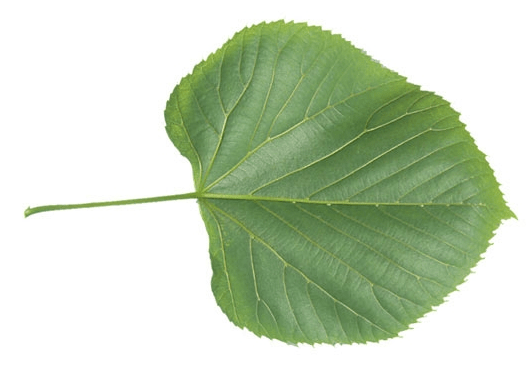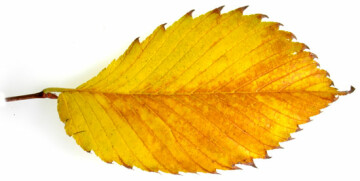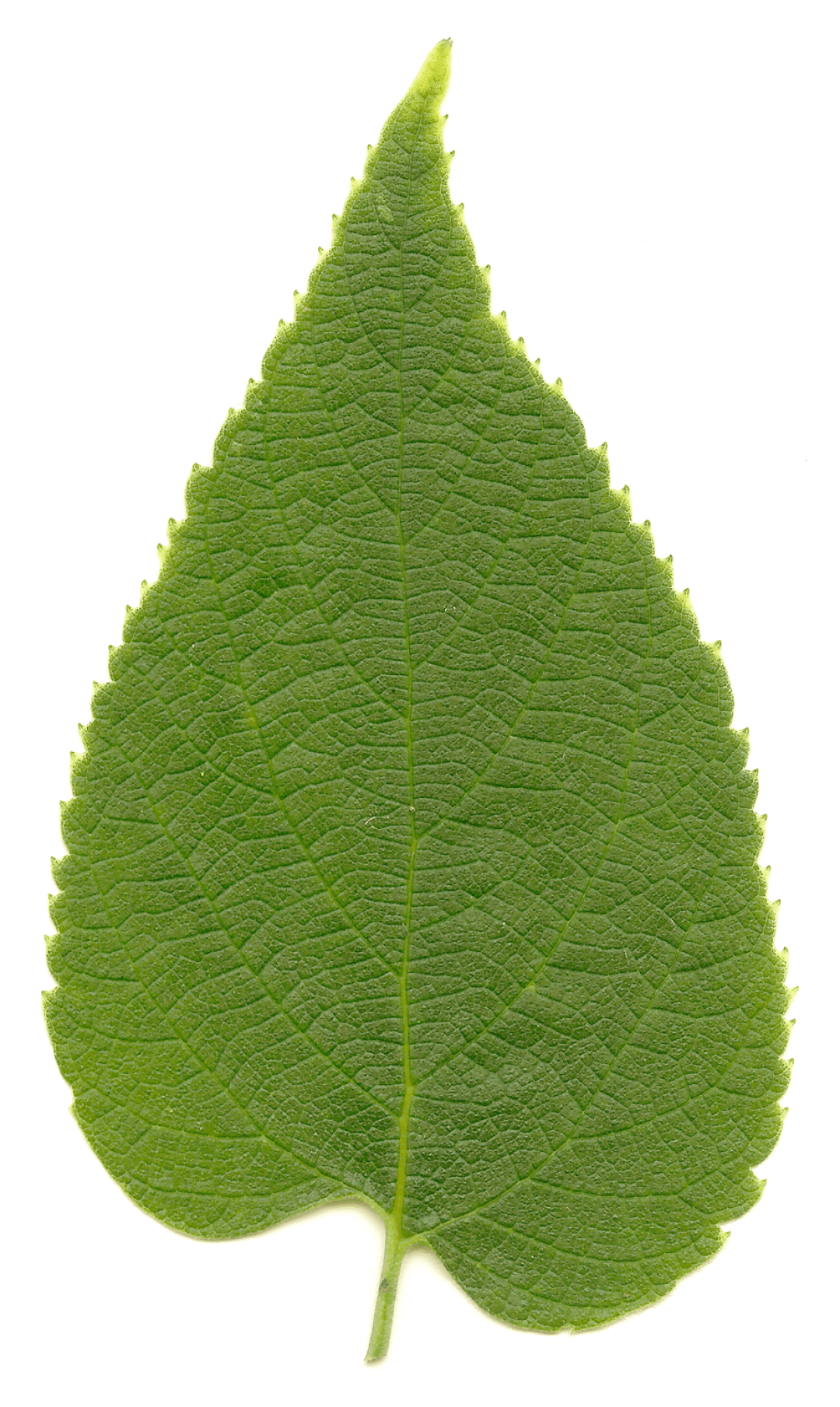5 Leaves You’ll Be Raking This Season

1. Maple

You can credit a lot of the beautiful fall color around here to the abundance of maple trees (genus acer, for you fans of Latin names). Maples account for a whopping 36 percent the roughly 32,000 documented trees on public property in Eau Claire, says Todd Chwala, superintendent of parks, recreation, and forestry. That’s more than 11,000 maples, not counting the thousands more on private property and along riverbanks, etc.
2. Ash
 While there are fewer ash trees now than there were a few years ago – thanks to city efforts to reduce their numbers before the dreaded emerald ash borer arrives to wipe them out, leaving tons of dead timber to remove at the same time – 24 percent of our trees on public property are still members of the genus fraxinus. In the past five years, Chwala’s team has removed about 2,500 ash trees and replaced them with more diverse species.
While there are fewer ash trees now than there were a few years ago – thanks to city efforts to reduce their numbers before the dreaded emerald ash borer arrives to wipe them out, leaving tons of dead timber to remove at the same time – 24 percent of our trees on public property are still members of the genus fraxinus. In the past five years, Chwala’s team has removed about 2,500 ash trees and replaced them with more diverse species.
3. Linden
 In the spring, lindens (genus tilia) greet our senses with the sweet fragrance of their tiny flowers. When the heart-shaped leaves fall in the autumn, they are pale green or yellow. Chwala says about 8.5 percent of the city’s public trees are lindens.
In the spring, lindens (genus tilia) greet our senses with the sweet fragrance of their tiny flowers. When the heart-shaped leaves fall in the autumn, they are pale green or yellow. Chwala says about 8.5 percent of the city’s public trees are lindens.
4. Elms
 While Dutch elm disease wiped out millions of elms nationwide back in the 1970s, there are still a fair number of disease-resistant American elms (ulmus americana) in Eau Claire. They account for 5.5 percent of the city’s public trees, and their leaves are generally golden yellow in autumn.
While Dutch elm disease wiped out millions of elms nationwide back in the 1970s, there are still a fair number of disease-resistant American elms (ulmus americana) in Eau Claire. They account for 5.5 percent of the city’s public trees, and their leaves are generally golden yellow in autumn.
5. Hackberry
 Rounding out the top five deciduous denizens of Eau Claire is the hackberry (genus celtis), know for corky bark and deep roots. About 2.3 percent of trees on Eau Claire’s public property belong to this species, which has an impressive list of pseudonyms: sugarberry, nettletree, beaverwood, northern hackberry, and American hackberry.
Rounding out the top five deciduous denizens of Eau Claire is the hackberry (genus celtis), know for corky bark and deep roots. About 2.3 percent of trees on Eau Claire’s public property belong to this species, which has an impressive list of pseudonyms: sugarberry, nettletree, beaverwood, northern hackberry, and American hackberry.


















